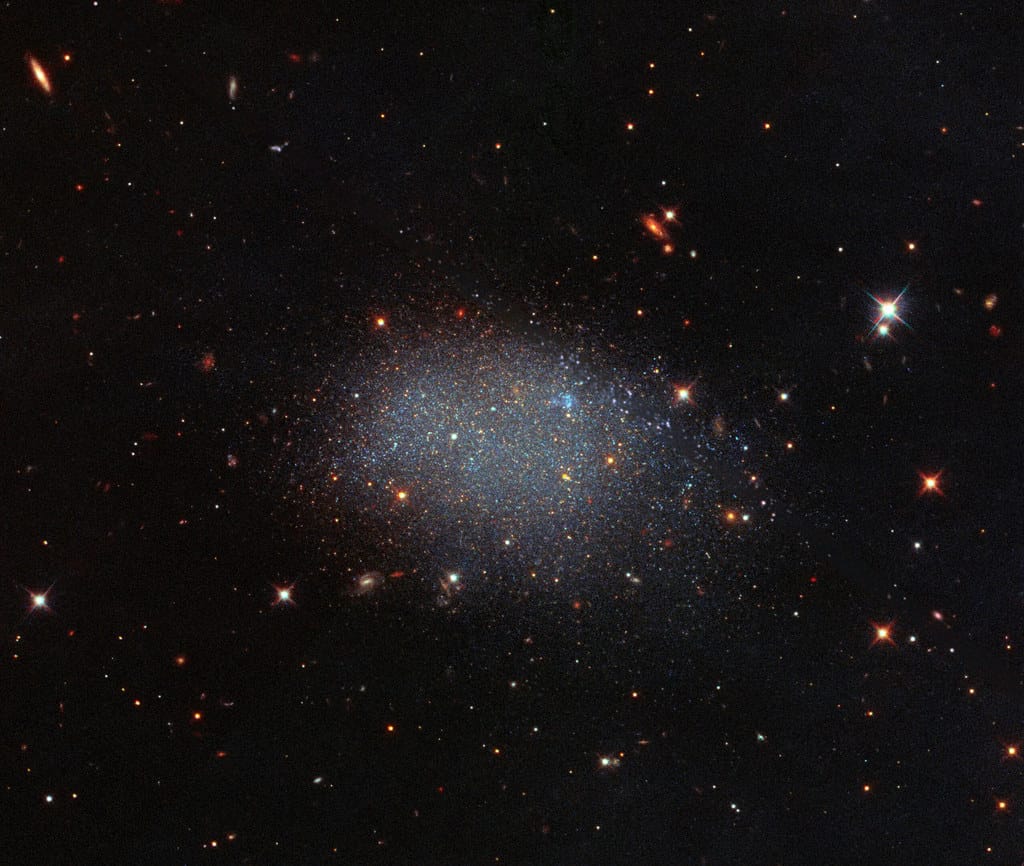Are We Living in a Cosmic Void? New Evidence Suggests Our Universe May Be More Empty Than We Thought
Scientists analyzing the faint echoes of the early universe have uncovered startling evidence that could fundamentally change our understanding of where we exist in the cosmic web. New research suggests that Earth, along with billions of other galaxies, may be residing within an enormous void—a region of space far less dense than the cosmic average.
The Whispers of Creation
The cosmic microwave background (CMB) radiation serves as our window into the universe's infancy, carrying the imprint of conditions just 380,000 years after the Big Bang. This faint radiation, discovered in 1965, has been meticulously mapped by satellites like the Planck mission, revealing tiny temperature fluctuations that seeded the formation of all cosmic structures we see today.
However, recent analysis of this ancient light has revealed something unexpected: subtle distortions that don't align with our standard model of cosmology. These anomalies, according to researchers, could be explained if we're observing the universe from within a vast underdense region—essentially a cosmic bubble with significantly less matter than the universal average.
What Exactly Is a Cosmic Void?
Cosmic voids are massive regions of space containing very few galaxies, often spanning hundreds of millions of light-years across. While they make up about 80% of the universe's volume, they contain only about 20% of its matter. Think of them as the empty spaces in a cosmic sponge, with galaxy clusters and superclusters forming the dense walls and filaments.
The largest known void, the Boötes Void or "Great Nothing," spans approximately 330 million light-years in diameter and contains remarkably few galaxies. But the void suggested by this new research would dwarf even that enormous empty region.
The Evidence in the Echo
The key evidence comes from analyzing the CMB's temperature patterns and comparing them with local measurements of cosmic expansion. Scientists have long grappled with the "Hubble tension"—a discrepancy between the expansion rate measured locally versus that inferred from the early universe.
Dr. Indranil Banik from the University of St. Andrews, one of the researchers involved in the analysis, explains that if we're located in a void roughly 2 billion light-years across, it would naturally explain why local measurements of cosmic expansion appear faster than the global average. Matter within a void would experience less gravitational pull from surrounding regions, allowing space to expand more freely.
The research team used sophisticated computer simulations to model how the CMB would appear to observers in different cosmic environments. Their findings suggest that several long-standing cosmological puzzles—including the Hubble tension and certain CMB anomalies—could be resolved if Earth sits within such a massive underdense region.
Implications for Cosmology
If confirmed, this discovery would have profound implications for our understanding of the universe. It would suggest that many of our measurements and observations have been biased by our unusual location, potentially requiring revisions to fundamental cosmological parameters.
The finding could also help explain why the universe appears to be expanding at an accelerating rate—a phenomenon typically attributed to dark energy. If we're in a void, the apparent acceleration might be partially due to our perspective from within this underdense region.
Moreover, it raises intriguing questions about the nature of cosmic evolution and structure formation. How did such an enormous void form, and what does it mean for the distribution of matter and energy across the cosmos?
The Road Ahead
While compelling, this research requires further validation through independent observations and analysis. Future surveys mapping galaxy distributions across vast distances will be crucial in confirming whether we truly inhabit such a cosmic void.
The upcoming Euclid space telescope and the Vera C. Rubin Observatory will provide unprecedented views of the universe's large-scale structure, potentially offering definitive evidence for or against this cosmic void hypothesis.
Living in the Cosmic Suburbs
This discovery serves as a humbling reminder that our perspective on the universe may be far from typical. Just as Earth isn't the center of the solar system, and our solar system isn't at the galaxy's heart, we may also be residing in a remarkably empty region of the cosmos.
If confirmed, living in a giant void wouldn't diminish our significance—rather, it would add another fascinating chapter to humanity's ongoing journey of cosmic discovery, reminding us that the universe continues to surprise us with its complexity and our unique place within it.
